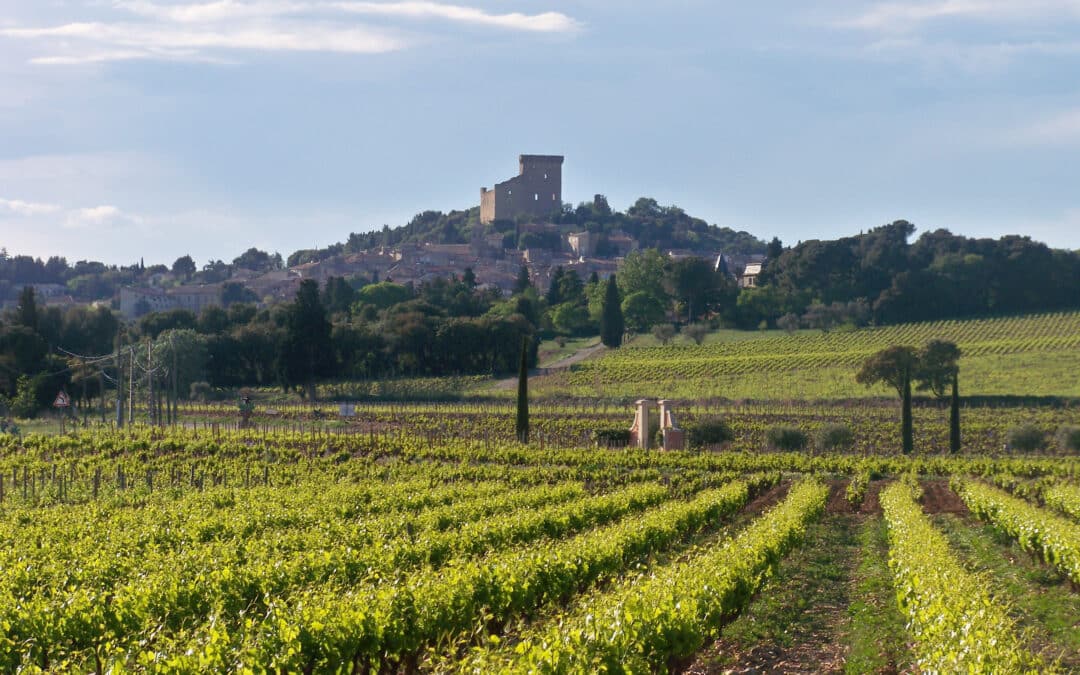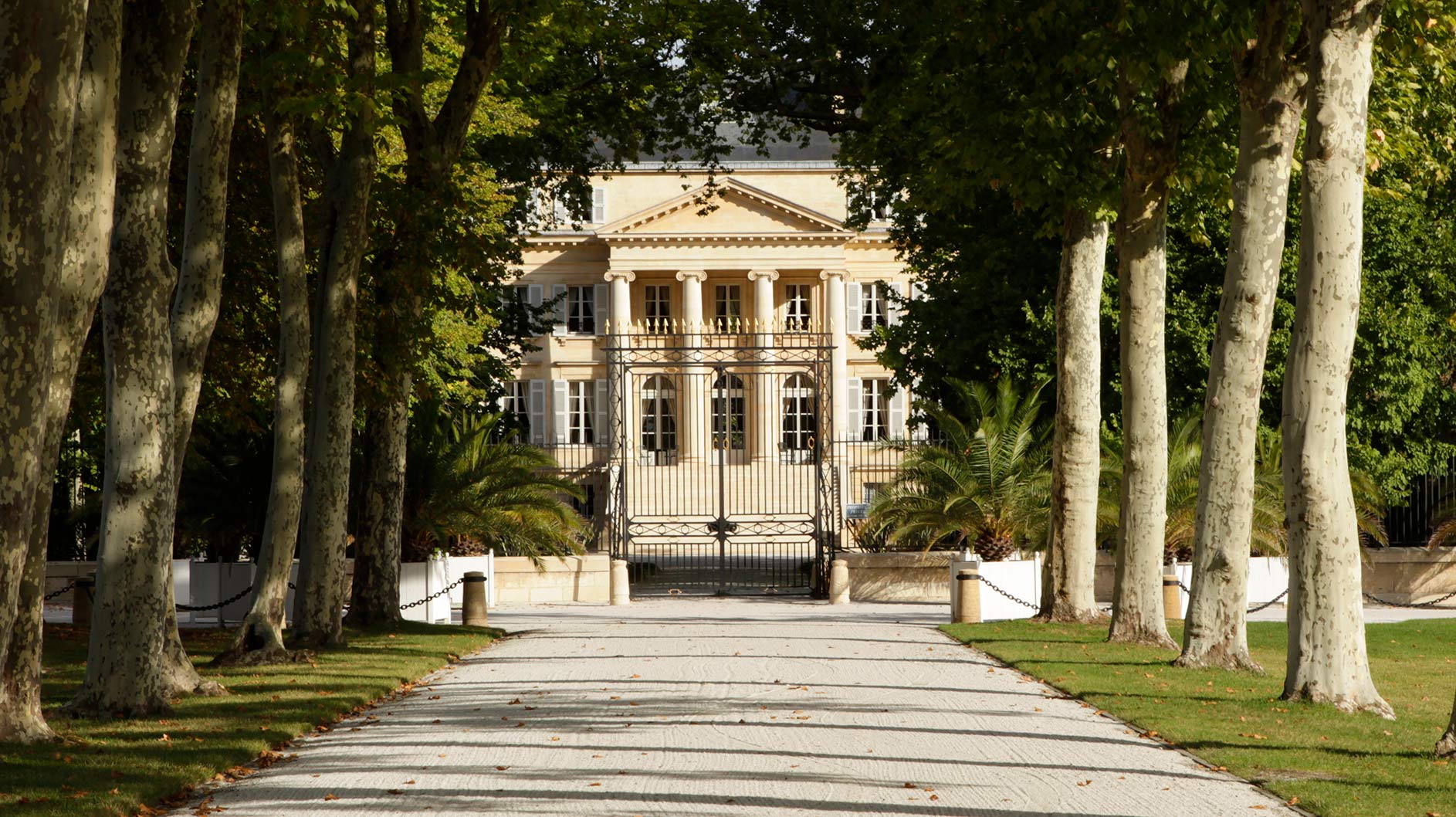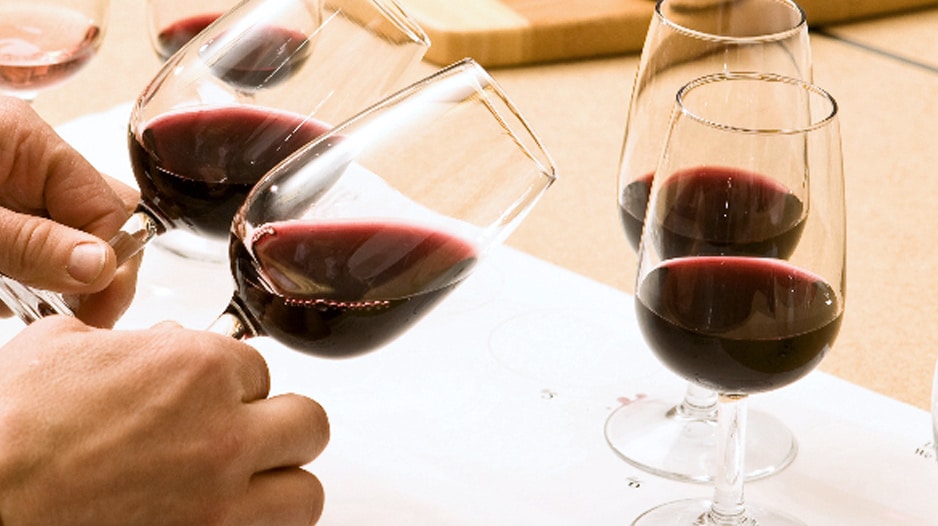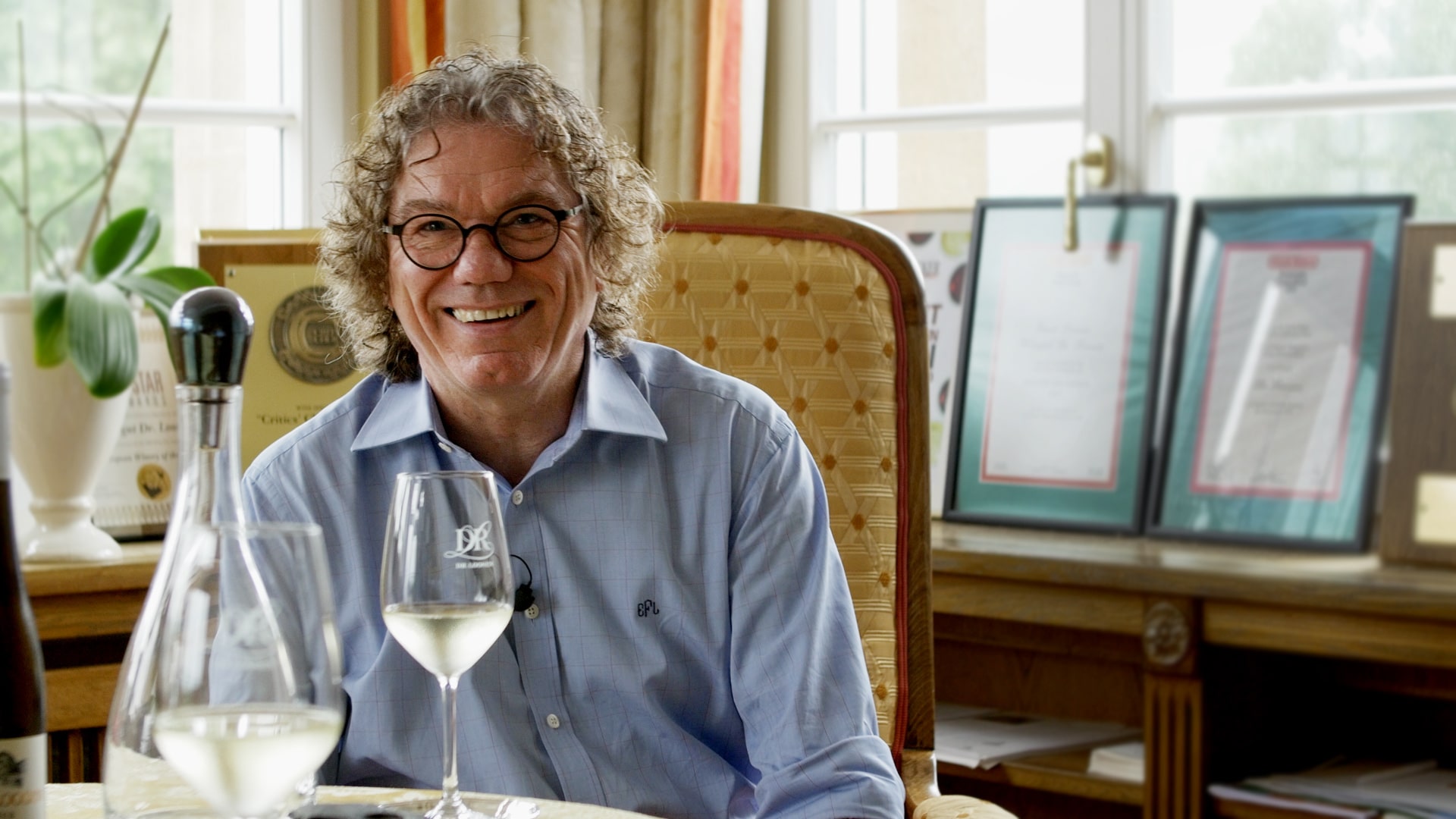I was chatting with a girlfriend recently and asked her, “If I was a grape variety, what would I be?”
“Grenache,” she replied immediately. I felt insulted, like a second class citizen. I always thought of myself as a vine sitting somewhere in Pauillac, a fine Cabernet of course.
Why Grenache?
“Old. Complex. With tertiary aromas of cigar and leather. Sometimes spicy and alcoholic. Needs sunshine. Able to withstand the mistral. Drought resistant.”
The compliments were flying.
I imagined myself as an old vine basking in the sun in Chateauneuf-du-Pape. I drifted off into memories of those amazing bottles of Rayas, Beaucastel, Vieux Telegraphe, and those ridiculous lunches at Chateau La Nerthe on our wine tours. Perhaps Grenache wasn’t such an insult after all.
What Grenache tastes like
In fact, Grenache can be spectacular. The wines can age well, develop incredible complexity, with multiple layers of sweet spices like cloves and wild herbs, strawberry and red cherry, tobacco, licorice, black olive, and leather. The full body, high alcohol, moderate acidity, and sheer power of the top wines can be a hedonistic experience.
Where Grenache is grown
To start with the finest wines, go straight to Chateauneuf-du-Pape, famed for its unique soils. The best vineyards are strewn with large pudding stones known as galets. These reflect the heat onto the vine, and provide excellent drainage. They are typically very low in fertility, bringing out the best in the vine, as a little bit of stress tends to do.
But CDP, as it is known, is not typically a bargain. For better value, look to Gigondas and Vacqueras, which are close by, and could be considered CDP’s little brothers. Prices are usually at least 50% less.
Most of these Rhône wines are blends, often with Syrah and Mourvedre, plus a hodgepodge of others. Up to 13 different grape varieties, I hear you say, in CDP.
But there are other countries and regions making first-class Grenache. For it is a grape that travels well.
My friend Peter Scudamore-Smith MW, an Aussie veteran of the wine industry, constantly sings the praises of McLaren Vale Grenache. He talks about the new style of the region, that is more restrained, more elegant, picked earlier, and matured in larger barrels for less oak influence. Grenache is not a grape that takes well to small new oak barriques. They tend to overpower it.
In Spain, notably throughout Rioja and Navarra, it can reach great heights on the quality spectrum. Sure, Tempranillo is usually part of the mix, but you can find 100% pure Garnacha, as it is called there. Priorat, close to Barcelona, is a benchmark and some of the wines are so dense and concentrated they veer towards black fruit, sometimes with enough alcohol to power a SpaceX mission.
In California there is some planted, but most producers would rather play it safe and stick some more Cab or Pinot in the ground. Tablas Creek, being the CDP equivalent, is certainly a beautiful wine and prized by collectors. But again, Grenache only forms part of a blend alongside the usual suspects.
There are other pockets of Grenache around the world, with the very southern part of France producing a bucket-load at amazing prices. This is where I would search for value, in the under $20 range.
What to pair with Grenache
In terms of food pairing, any Grenache that is remotely serious deserves a leg of lamb, perhaps with some light herbs to compliment the spice in the wine. Or perhaps a good steak frites with a dollop of garlic butter. But one of the nice things about Grenache is that its softer tannins are conducive to it being pleasant all by itself, sometimes.
When on form, Grenache can be superb, and when it’s bad, especially in some ghastly rosé, it can be quite dreadful.
What to buy
Current favorite? Chateau la Nerthe, Chateauneuf-du-Pape, at least 25 years old, drunk in the cellars, at the last lunch on our Rhone wine tour. Doesn’t get better…
So, what grape are you?






